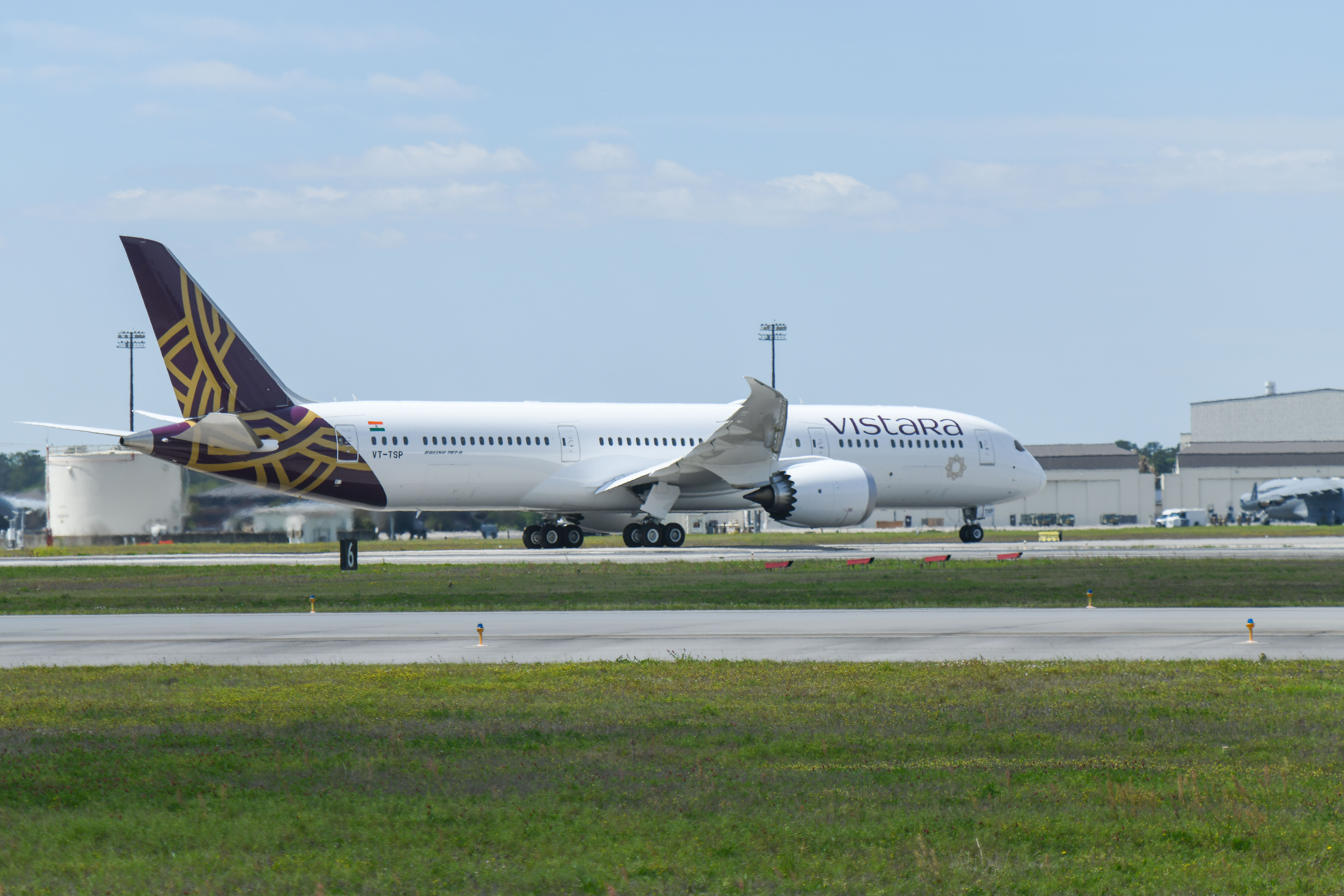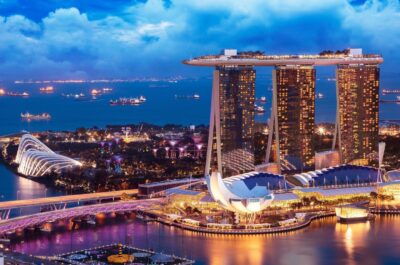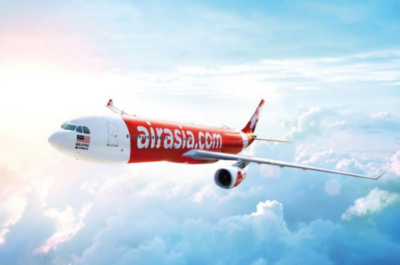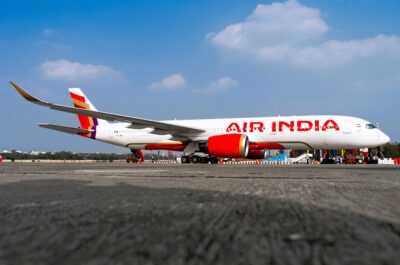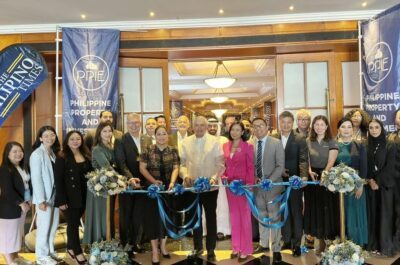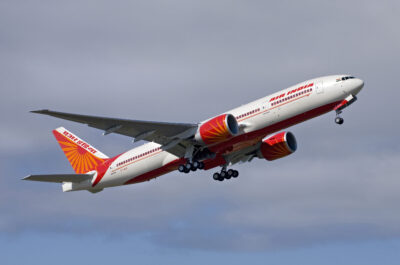Department of Tourism (DOT) chief Joseph Ace H. Durano pointed this out last week while noting the surge in visitor arrivals…
Department of Tourism (DOT) chief Joseph Ace H. Durano pointed this out last week while noting the surge in visitor arrivals, and dollar receipts, in 2004 in spite of the travel advisories of the United States, Japan, Australia and Great Britain to their nationals against traveling to the country.
Actual visitor arrivals as of December 27, 2004, at the Ninoy Aquino International Airport (NAIA) alone have reached 2,233,921, easily surpassing the record 2.22-million year-round tourist traffic in 1997, which Durano said “is a clear indication that the Philippines remains a preferred destination for many foreign travelers.”
He added the up-stick in tourist traffic was recorded through the first 10 months (January to October) of 2004, with the arrivals aggregating 1.861 million or 24.3% more than the previous year’s volume.
The uptrend was also reflected in the tourist receipts (dollars spent here by the visitors) that posted a hefty 32.39% growth rate to $1.611 billion from $1.22 billion the preceding year.
What Durano held significant was that the visitors were dominated by inter-regional travelers from Asia, like Japan, Korea, Singapore, Malaysia and Greater China (Mainland China, Hong Kong and Taiwan) – the very target of DOT’s marketing programs from 2005 thru 2010.
Working teams have been organized by the DOT and stakeholders of the tourism industry to craft promotional drives and travel packages that address the requirements of potential travelers in these target short-haul markets, which in January-October 2004 accounted for 51.81% of the total traffic.
With this marketing thrust, coupled with the updated and re-configured program for Balikbayans in North America, Durano expressed confidence that the total arrivals in 2005 could easily grow by 16% to 2.668 million from the 2004 projected year-round traffic of 2.3 million.
Based on historical data, coupled with the updated and re-focused programs and projects of the DOT to lure more tourists to Philippine shores, visitor arrivals are projected to grow annually by an average 14.2% from 2004 thru 2010.
This means that from the record 2.3-million year-round arrivals in 2004, the number of Philippine-bound travelers would climb annually to 5 million and generating some $4.59 billion in additional foreign exchange revenues six years hence, according to Durano, who took over the tourism portfolio only last September.
Performance
Reviewing the industry’s performance the year just past, Durano said that besides the growing tourist arrivals and dollar receipts, 2004 was marked by significant developments that buttressed the potentials of the tourism industry of becoming a major source of economic growth for the Philippines in the years ahead.
Among these are:
- the credible results of the national elections in May that gave President Gloria Macapagal-Arroyo a fresh mandate and further strengthened the nation’s democracy
- major economic and other reforms marked, for one, by the state takeover of the Ninoy Aquino International Airport (NAIA) 3
- updating and reconfiguration of the DOT’s programs and projects to bolster the country’s bid as a premium tourist destination
The victory of President Arroyo in the May elections guaranteed the continuity of her socio-economic programs, thus, boosting the confidence of local as well as foreign investors in the Philippines — a plus point for the tourism sector.
Government’s decision to operate NAIA 3 pending the resolution of legal issues posed by Philippine International Air Terminals Corp. (Piatco), the builder of the modern air terminal, is another positive development for the tourism industry, the DOT chief stressed.
NAIA 3 would not only expand airport capacity, but would also afford the country with a modern port of entry to serve the needs of international tourists, Durano said, noting that other countries in the region credit their success in attracting tourists to their excellent airports, among other reasons.
With its present capacity, Terminals 1 and 2 of the nation’s premier airport would already be hard put in accommodating travelers as early as 2007, he added.
Marketing teams
In a bid to enhance tourist arrivals from priority target markets, like North America, Greater China, Japan and South Korea, the DOT, its attached agencies and stakeholders in the tourism sector initiated the conceptualization of marketing programs tailor fit to each of the target source countries.
Durano said this approach included the formation of marketing teams to cater to the needs of travelers from the target source countries.
Thus, in the case of North America, a team focused on luring more “Balikbayan” composed of overseas-based workers, immigrants, former Filipinos to the Philippines was organized.
Teams to cater to the needs of potential travelers in Greater China (Hong Kong, Taiwan and Mainland China), Japan and Korea have also been activated by the DOT in cooperation with the industry’s stakeholders – hotels, resorts and restaurants, travel agencies and operators, and others.
In addition to the market-focused activities, the DOT has finalized nation-wide activities designed to bolster the attraction of the country’s major tourist destinations to visitors, like the planned Island Paradise Caravan in April-May; major travel and trade fairs in several provinces, and others.
These efforts will be back-stopped by the participation of the DOT and tourism stakeholders and various major travel and trade festivals abroad, particularly its target source countries.
Theodore is the Co-Founder and Managing Editor of TravelDailyNews Media Network; his responsibilities include business development and planning for TravelDailyNews long-term opportunities.



